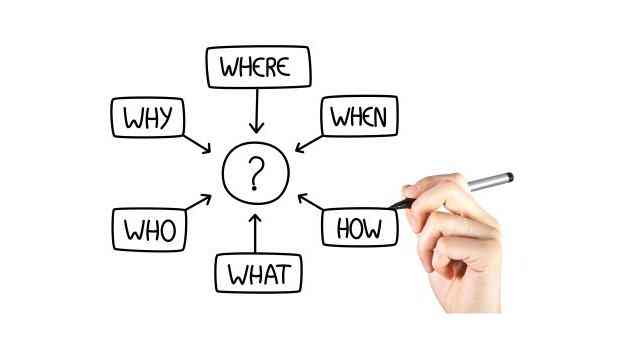5 Tips for Better Problem Solving
Post Views 8Summary: Problem solving may be natural for most, but to really get a handle on the skill, it takes the efforts of practice and learning to make it a habit.
Humans are naturals at solving problems. We developed primitive tools to better living conditions and continue to do so today. Unfortunately, we also face several obstacles that affect our ability to problem solve. Inaccuracy in reading and thinking prevent the interpretation of information from doing so correctly. Here are five tips to help you work past obstacles to become a proven problem solvers that can boost self-esteem, reduce interpersonal conflicts, and reduce stress.
- Define the problem
Before any solutions can be determined, you have to fully understand the problem. Whether the problem is long term, short term, and what kind of emotions are involved can play a big part in how we handle problems. Taking a moment to look at the problem can allow use to plan and attack the problem more sensibly.
- Develop alternative solutions
We may rely on previous experiences to solve the problem for a current one because it is familiar and worked last time. However, circumstances change so it is best to think of other solutions that can work so that you can be fully prepared. The solution may be the same but the route to the situation may need to change.
- Select the best solution
Critical thinking requires conceptualizing, applying, analyzing, synthesizing, and evaluating information to guide us to a solution. This process should minimize bias, distortion, prejudice, and inconsistencies. The best solution will appear after applying this method.
- Put the solution to action
Implement the best solution to the problem. There will be resistance to changes so those factors need to be addressed before forcing the solution. When making a change in business environments things like moving too fast, being understaffed, being unaffordable, taking too long, and more will pop up trying to stop the change from happening but if you have taken the previous steps, there will be a way around the resistance.
- Trust your results
If you diligently followed the first four steps, you can be confident that your solution works. The resistance will be from fear and lack of understanding so communicate the process to others to reduce those factors. Employ others that have helped with the process to advocate for the solution as well. The more people on board with the change, the more the fear will die down. In the case that a solution just does not work, don’t get upset. Sometimes it is impossible to consider all the factors and underlying conditions.
Photo: power4consulting.com
5 Tips for Better Problem Solving by Amanda Griffin



 August’s Top 100 LinkedIn Bloggers
August’s Top 100 LinkedIn Bloggers  5 Tips to Keep Your Inbox Under Control
5 Tips to Keep Your Inbox Under Control  Top 5 Tips for Year-End Bonus Planning
Top 5 Tips for Year-End Bonus Planning  Career Terms That You Need to Know
Career Terms That You Need to Know